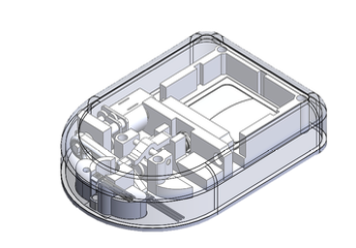Developing an Opioid Sense and Alert Device
Dove is a little box that sticks to your arm with replaceable adhesive patches. It monitors your SPO2, heart rate, and movement. When the device detects an opioid overdose, Dove can alert someone through your smartphone and automatically inject a dose of Naloxone.

Planning
- Original Design-Centric Research Proposal
- Harm Reduction as Beachhead Strategy
- Customer Discovery Interview Distribution
Interview notes
Cameron Interview: narcan gets sold, users aren’t in a mindstate to make good decisions
Micheal Interview: pulse ox lagging, sense and alert not useful unless in house
Carlos Interview: Windhorse lost someone, has the money, maybe?
Compassionate Overdose Response Summit: Negative overdose reversals contribute to more deaths in the long term. Pharmo-capitalists have lied about the effectiveness of naloxone distorting or misrepresenting overdose reversal and response data. Research on breathing is biased towards white men, don’t use breathing rate to determine OD.
Kermit Interview: device would take away power.
Julie Interview: We would have to identify alternative funding for a device like Dove. Less than half of the 30-100 people seen each week might make good candidates for Dove. Told us to took towards rich users.
Meaghann Interview: Device would remind people of their flaws, rehabs don’t want to collect OD data.
Second Michael Interview: PPG talk and “not sure if providers or clients would be too into this”
Dylon Interview: Never seen an OD in his program
Charlie Interview: When he was a user, he’d rather die than have someone administer naloxone. Addicts are against naloxone and wouldn’t use. Savage Sisters would need new funding. With Xylazine Naloxone has become just “helpful” and O2 is the new standard.
Terms
- Nasal Cannula
- De Novo
- loraWAN
- Buprenorphine (BUP)
- Medication-Assisted Treatment (MAT)
- Stages of Change
- Overdose Prevention Center (OPC)
- Photoplethysmography (PPG)